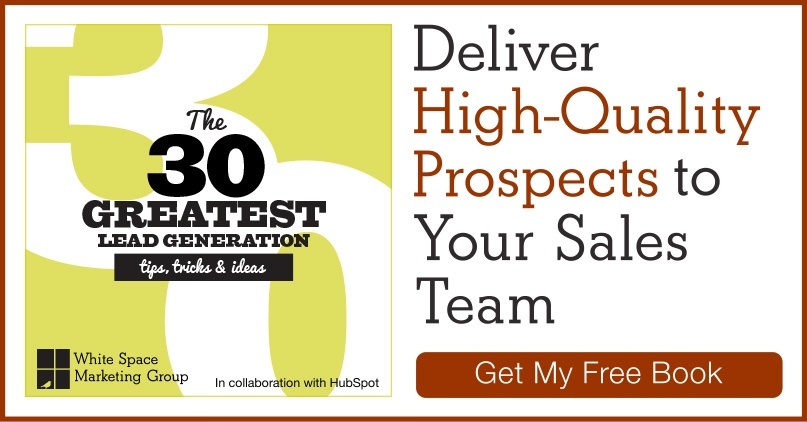 In one of my other career lives, I was responsible for helping to curate the company’s monthly newsletter. Not an e-newsletter, but a hard-copy piece of paper that went into customer’s billing statements—an indication of how long I’ve been in the game.
In one of my other career lives, I was responsible for helping to curate the company’s monthly newsletter. Not an e-newsletter, but a hard-copy piece of paper that went into customer’s billing statements—an indication of how long I’ve been in the game.
One of my tasks was to proofread each version per market. If a mistake weaseled its way through, there wasn’t much that could be done retroactively. E-newsletters have eased that worry considerably. How many times have you received an “oops” email in your inbox?
Of course, there are benefits to having a digital newsletter past being able to quickly neutralize a mistake. For example, ease of deployment. It’s one click versus a print-stuff-mail process. E-newsletters are also immediately accessible, a perk given that our mobile devices are nearing appendage status.
Overall, a company e-newsletter can be a beneficial content tool. The biggest hurdle they face is getting people to read them—not a simple task with the increasing virtual noise we encounter every day.
How can you newsletter better?
4 Steps to a Winning Newsletter
1) More Enlightenment, Less Advertisement
The content should be just enticing enough to leave them wanting more.
One of the most widely-accepted principles is to focus your newsletter towards education with very little emphasis on promotion. This goes for both B2C and B2B. The newsletter I built and maintained (for that other career life) featured podcast episodes where the guest was oftentimes making the PR circuit for a new book. I rarely gave the book a full pitch in my post. Rather, my message was all about the “how” and “why” behind the health guidance. Readers could leave with two or three key takeaways and investigate further if they chose.
2) Employ Clear-Cut Copy & Design
Design is typically most effective when it’s clean and simple. Content should also be easily scanable. Requiring readers to hunt for information just leads to frustration. My colleague, Bari Cener, actually turned me onto theSkimm, which adheres to both of those standards (and which I’m now addicted to—thanks Bari!). The content should be just enticing enough to leave them wanting more, what I like to call “snackable bites.”
Also, try to avoid the “hifalutin fluff.” Readers appreciate straight talk, and they often connect better with the message if you sound like a real, down-to-earth person—not someone who pontificates.
3) Refine Subject Lines
Content that provides your audience with solutions can never really go wrong.
One lesson I learned over the years is the power of a good subject line (preheader too). The more creative and compelling you are with this “email gatekeeper,” the better open and click-through rates will be. Some of the highest open rates I witnessed were from subject lines that posed a question (“What Does an Alcoholic Look Like?”) or numbered a solution (“5 Key Steps to Prevent Cancer”). The essential component here is to ensure you address whatever you proposed in the subject line, otherwise subscribers will start to distrust.
4) Settle on a Send Schedule
Frequency can be a bit tricky. Just because you have “enough” content for a daily send doesn’t guarantee its relevance or resonance. Larger organizations have the bandwidth to manage multiple lists and subscription preferences, allowing for a more precisely defined deployment schedule.
For smaller entities, testing frequency can help determine an appropriate cadence. My health podcast newsletter went out daily, Monday to Friday, but each day was uniquely themed to help mitigate the fact that I didn’t have the manpower to manage multiple lists. Subscribers became conditioned to know that Monday was “Fit & Fabulous,” Tuesday was “Focus on Family,” and so on. If something didn’t apply one day, they knew another topic was just 24 hours away. I even conducted a survey at one point to request subscriber feedback, and the general consensus was an appreciation of the daily send.
Mindful Mantra: “Solution-Focused Content”
If there’s one thing I can try to drive home, it’s the importance of quality of content. I realize that’s a broad determination, depending on your industry and type of organization. But, content that provides your audience with solutions—that somehow eases their lives—can never really go wrong.








